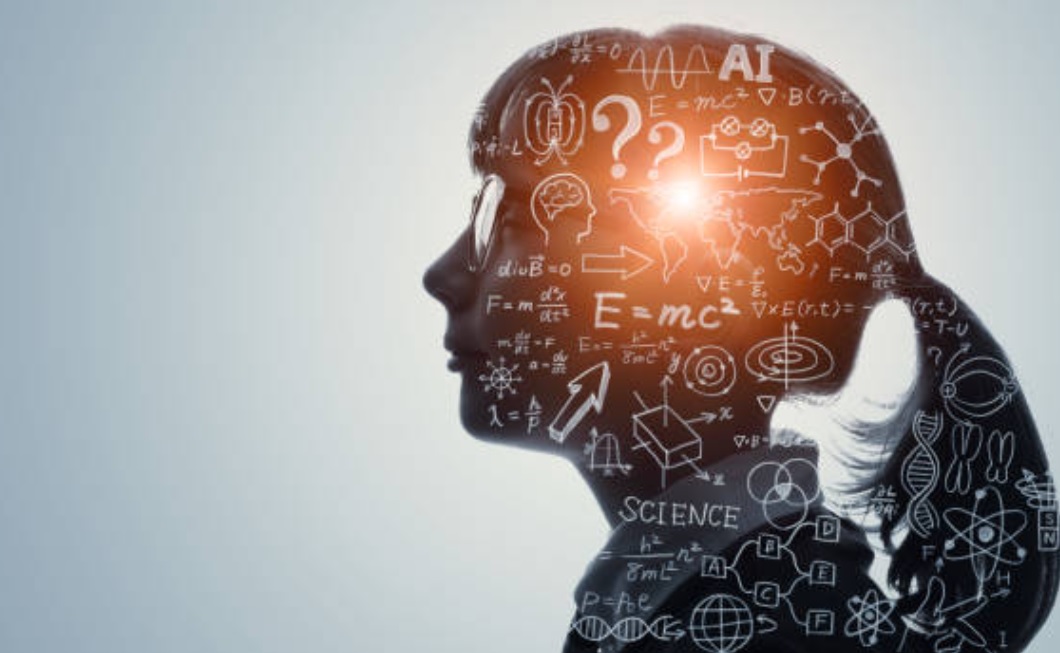What Does the Brain Look Like When Doing Math?

In her open lecture on November 17, Dr. Marie Arsalidou, Head of the HSE Neuropsy Lab and Co-Director of the Science of Learning and Assessment (SOLA) Master’s at IOE, will share enthralling insights from neuroscience into what happens to our brain when we engage in solving math problems and how this knowledge could help bolster learning and development.
We are delighted to invite you to an open lecture, ‘What Does the Brain Look Like When Doing Math?’ by Dr. Marie Arsalidou, Head of the HSE University Neuropsy Lab and Co-Director of the Science of Learning and Assessment (SOLA) Master’s at IOE.
Everyone interested in the latest perspectives at the intersection of neurocognitive research and education is welcome to join the live broadcast on Zoom.
Wednesday, November 17 at 13:00 Moscow time
Find out more & register to receive your Zoom link
Education and neuroscience share a good deal in common.
If education is essentially about policies and practices for robust outcomes in learning and various other social dimensions, then neuroscience explores the brain processes and mechanisms that underlie the human ability to learn and develop across the lifespan.
This strong linkage between the two domains opens up new vistas for understanding what makes effective learning tick and how evidence from cognitive science can help hone educational experiences for learning and social yields like never before.
About the Lecture
Mathematics is essential for STEM majors and occupations that are progressively in demand. Math is a core subject in school curricula and neuroscientists have been closely investigating the brain areas associated with numbers and math problem solving. Research shows that a large overlap exists among brain regions that are activated while dealing with numbers and calculation tasks; however, the brain regions in which they differ are most notable, such as distinct areas in the prefrontal cortex. Moreover, addition, subtraction, and multiplication differentially implicate the parietal and prefrontal cortex in the left and the right hemispheres. This presentation will focus on neuroscience evidence to highlight implications for teacher professional development and student learning experiences while also discussing the importance of developmental cognitive neuroscience in evidence-based education.
The session will last about 1.5 hours in total. The working language is English.
About the Presenter
Marie Arsalidou earned her PhD from York University and completed a post-doctoral research fellowship at the Diagnostic Imaging Department at the Hospital for Sick Children in Toronto, Canada. She researches into behavioral and brain foundations of the development of higher order cognitive abilities. Marie is now Head of the Laboratory of Neurobiological Foundations of Cognitive Development (Neuropsy Lab) at the HSE University, and Co-Director of the Science of Learning and Assessment (SOLA) Master’s at IOE.
About the SOLA Master’s
The Science of Learning and Assessment (SOLA) Master’s program at IOE provides all-round theoretical and research insights into processes of learning and development across the lifespan. Students gain strong competence in evidence-based assessment strategies and instruments, and explore in depth one or more topics in psychology, biology, psychometrics, and education using cutting-edge neuroscientific methods such as functional magnetic resonance imaging (fMRI), electroencephalography (EEG), and eye-tracking. All instruction is in English.
Marie Arsalidou